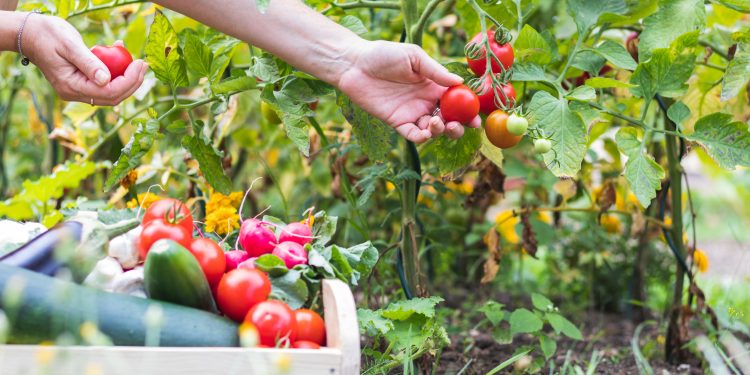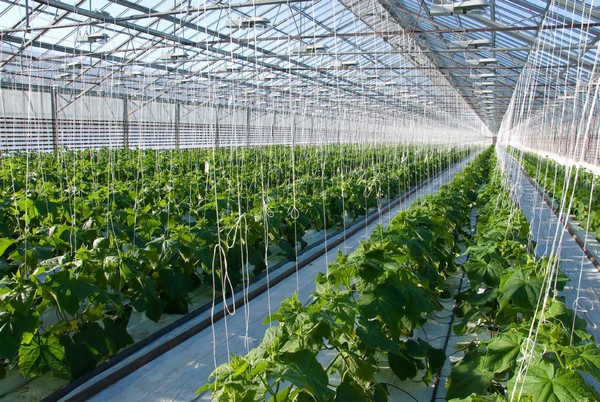#GreenhouseFarming #AgriculturalEconomics #StateAid #VegetablePrices #SustainableAgriculture #FarmingChallenges
In recent discussions with Vesselin Veleve, who manages a 50-hectare greenhouse vegetable farm, concerns about escalating production costs and the looming price surge in greenhouse vegetables post the New Year have come to light. This year, the decision to sow seeds in mid-January, as opposed to the usual mid-December, aims at curbing costs.
Veleve emphasizes the need to strategically streamline production, minimizing risks and optimizing resources, especially focusing on heating expenses, which constitute a substantial portion of greenhouse operational costs. In his greenhouse, heating costs range from 12,000 to 20,000 leva per hectare. Seeking solutions, Veleve expresses hope for state assistance, particularly in addressing the heating-related challenges faced by the industry, as reported by BNT.
“It’s not just one form of aid we need; there should be several forms. We’ve received some, and now we hope to get support for heating as well,” adds Veleve.
Considering the multitude of expenses, projections indicate that prices for cucumbers and tomatoes will witness a significant increase next year.
“Both tomatoes and cucumbers will likely surpass 5-6 leva,” predicts Veleve.
The end consumer can expect further price hikes, with the new harvest vegetables anticipated to reach up to 8 leva per kilogram.
Greenhouse vegetable producers are grappling with a challenging economic landscape, marked by rising production costs and a subsequent surge in vegetable prices. The strategic decision to delay seed planting reflects the industry’s need for innovative cost-cutting measures. State aid, especially in addressing heating-related challenges, becomes crucial for sustaining these agricultural enterprises and ensuring affordable produce for consumers.










